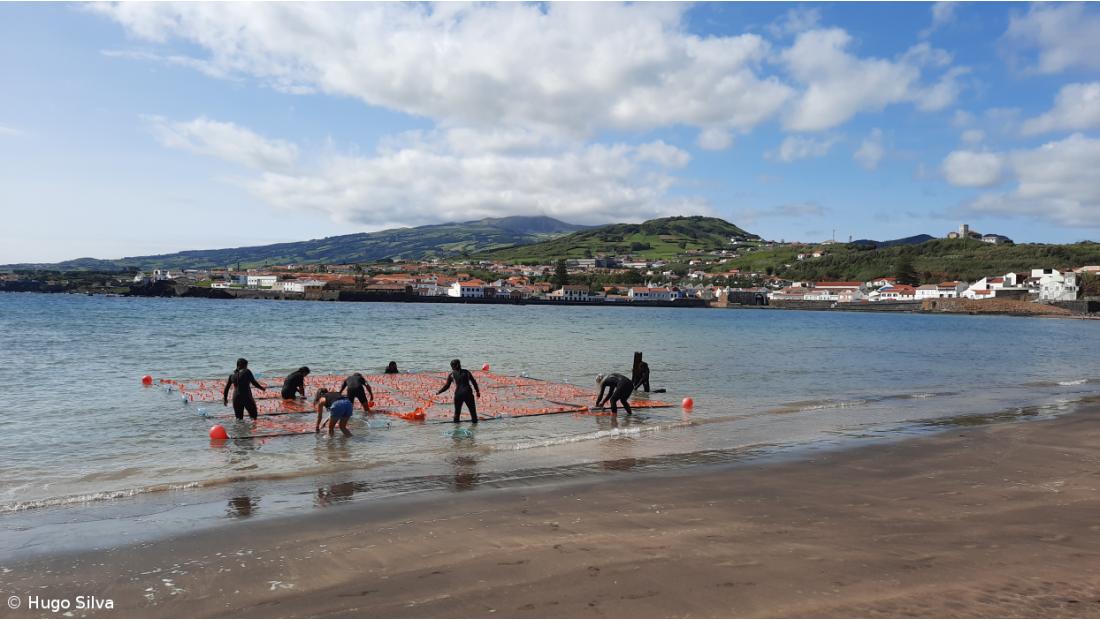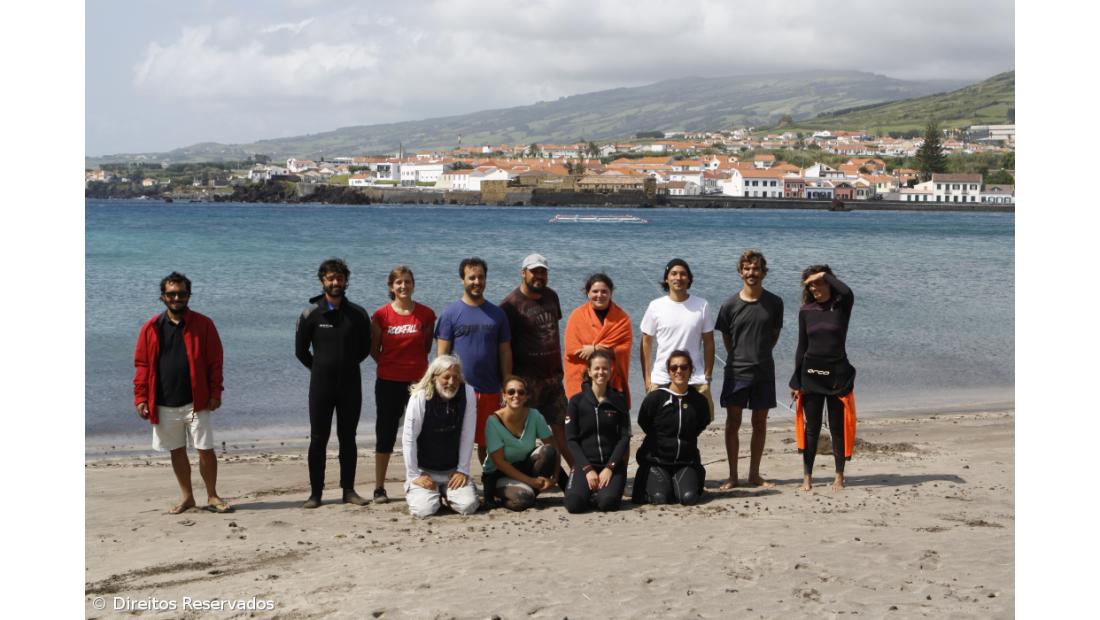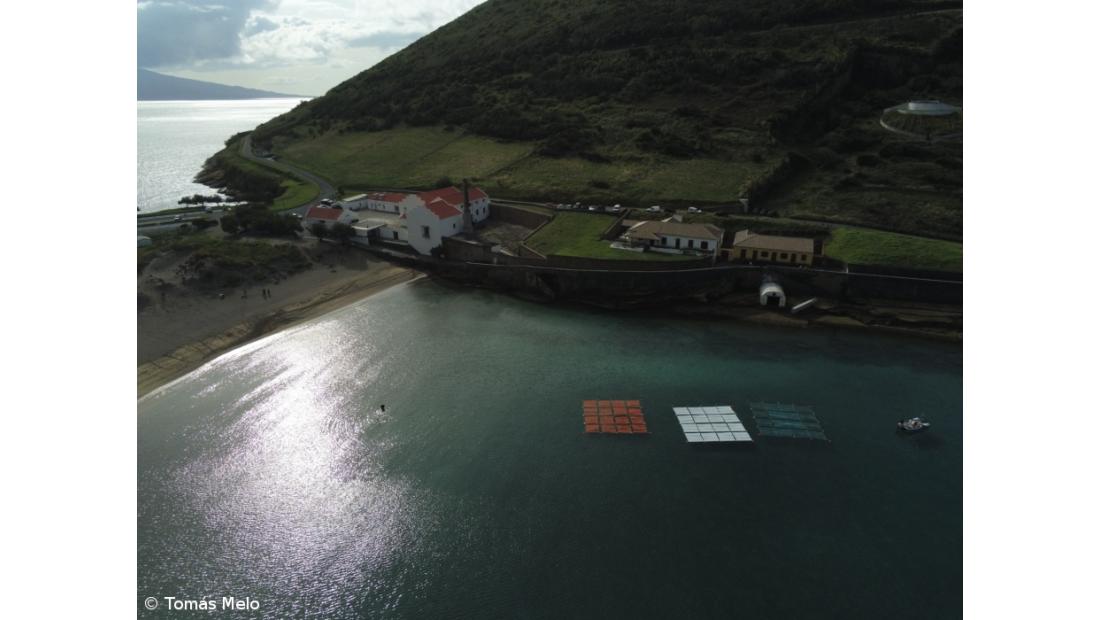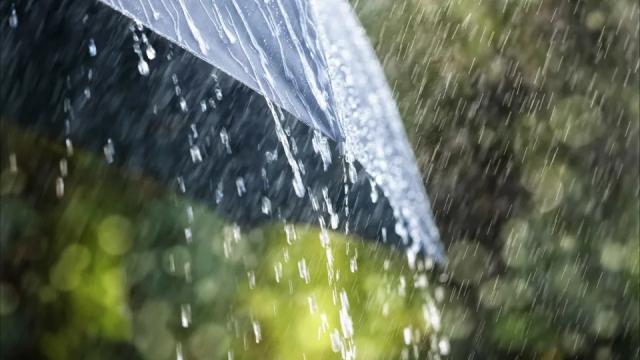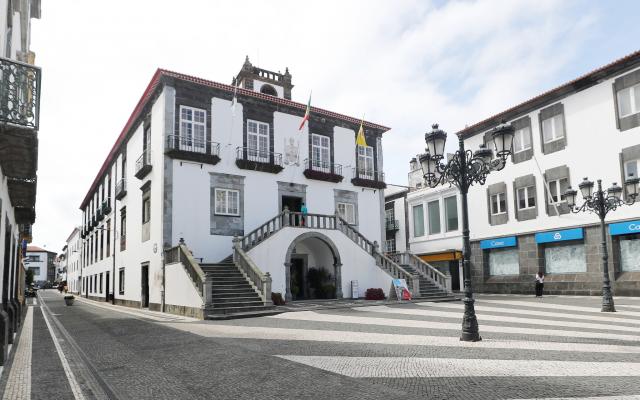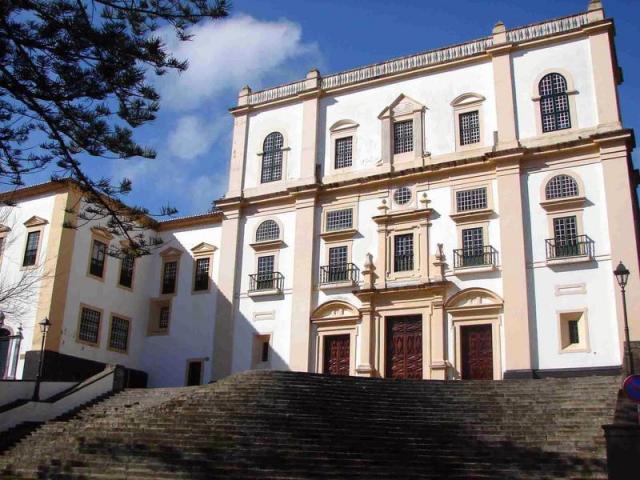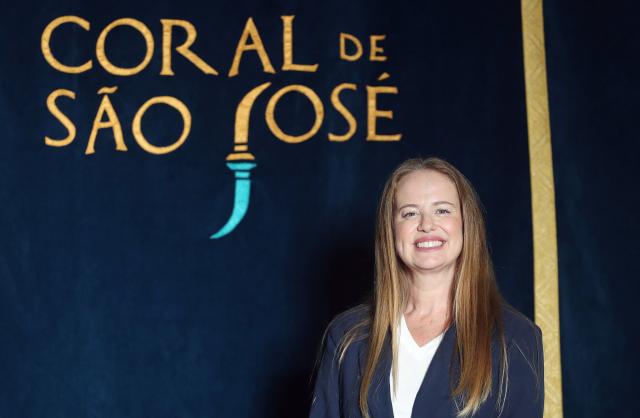The answer to this question is being prepared via the 'Spectrometer for Marine Litter' project, funded by the European Space Agency (ESA) and led by the Institute of Systems and Computer Engineering, Technology and Science (INESC TEC) of the University of Porto.
This project partners with the Okeanos R&D Center, of the University of the Azores, and the Atlantic International Research Centre - AIR Centre, which has its headquarters in the Science and Technology Park of Terceira Island - Terinov.
Recently, the project underwent a test session in the city of Horta, on the island of Faial, using a single-engine aircraft and drones, while the final intention is to detect, through the satellite, at a great distance, plastics on the sea surface around the islands, by resorting to a hyper-spectral image sensors.
The tests carried out on Porto Pim Beach enabled the sensors to record the different spectral signatures of the various types of waste, thus allowing their identification in the future.
The tests were, for now, carried out at low altitudes, between 20 and 600 meters, and in different atmospheric conditions.
As explained by Hugo Silva, researcher at INESC TEC and quoted in a press release from the AIR Centre, "in a first preliminary evaluation of the results obtained, it was possible to verify that marine debris have a different spectral signature when compared to the 'bottom', in this case water, and therefore can be identified using hyper-spectral image sensors. This spectral signature does not vary considerably with altitude, nor with atmospheric conditions, and it is similar to the results obtained by the same material in a laboratory environment".
The objective now is to compare the spectral signature of the different types of marine debris obtained during test flights in Faial with the spectral signature obtained by the multispectral sensor on board the Sentinel-2 satellite.
Researcher Hugo Silva also mentions that automatic processing algorithms will be developed to test and validate whether the materials are "detectable" automatically and what is the minimum concentration of material per pixel to be detectable. Silva concludes by stating that "these factors are important to study the viability of using these sensors on board satellites for remote detection of marine debris".
Considering its potential, the 'Spectrometer for Marine Litter' project received 200,000 euros funding from ESA.
To Açoriano Oriental, Bruno Pacheco, Regional Director for Science and Technology and non-executive president of the AIR Centre, spoke about the advantages of using this technology in the Azores, stating that it will allow "designing campaigns for the detection of marine debris and, in particular, plastic, with less operational costs and with greater frequency".
However, this technology will not yet allow detecting plastics in depth. Bruno Pacheco also states that projects like this one are important "to affirm the Azores as a testing ground for new technologies, enabling our scientific teams to exchange knowledge.
While confirming the Region's interest in applying this technology when it becomes available, the Regional Director for Science and Technology also points out that the project is still in the research and testing phase, so there is no date scheduled for its validation and application.

